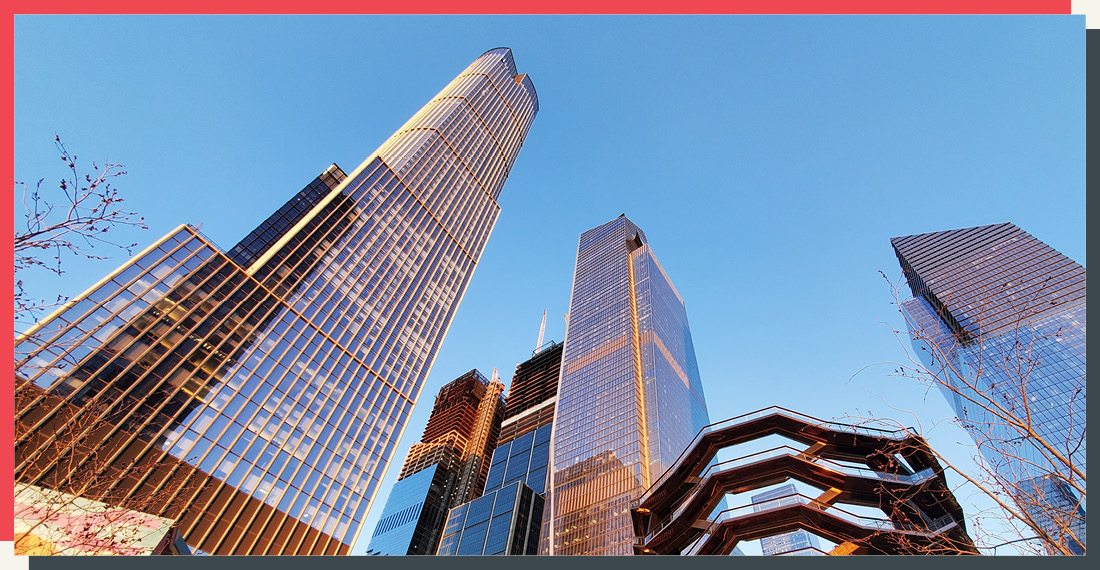In Sei Insieme LLC v. 307 Assets, LLC (In re 307 Assets LLC), 2025 WL 2751373 (2d Cir. Sept. 29, 2025), the Second Circuit affirmed the district court’s dismissal of Sei Insieme LLC’s (“Sei Insieme”) appeal of the debtor’s confirmed plan as equitably moot.
A court may dismiss a bankruptcy appeal as equitably moot “‘when, during the pendency of an appeal, events occur’ such that ‘even though effective relief could conceivably be fashioned, implementation of that relief would be inequitable.’” In re Motors Liquidation Co., 829 F.3d 135, 167 (2d Cir. 2016) (quoting In re Chateaugay Corp. (“Chateaugay II”), 988 F.2d 322, 325 (2d Cir. 1993)). Courts apply the prudential doctrine of equitable mootness to a variety of orders. See, e.g., In re Windstream Holdings, Inc., 838 F. App'x 634, 637 (2d Cir. 2021) (citing In re BGI, 772 F.3d 102, 109 & n.12 (2d Cir. 2014)).
In the context of confirmation order appeals, the Second Circuit relies on a presumption of equitable mootness if a debtor’s plan has been substantially consummated. 307 Assets, 2025 WL 2751373 at *1. To overcome this presumption, an appellant must satisfy all five “Chateaugay II” factors: (1) the court can still order some effective relief; (2) relief will not affect the debtor’s re-emergence as a revitalized entity; (3) relief will not unravel intricate transactions or create an unmanageable situation for the bankruptcy court; (4) parties adversely affected by modification had notice of the appeal; and (5) the appellant diligently pursued all available remedies to obtain a stay of the objectionable order, if failure to do so would make reversal inequitable. Id.
Sei Insieme argued that it satisfied these factors because, among other things, it diligently pursued a stay of the sale of the property at issue during the bankruptcy case, including in a motion to reconsider the Bankruptcy Court's order approving sale procedures for selling the property, and its motion to stay the sale of the property and to extend the time to object to the debtor's plan of reorganization. Id. at 2. Sei Insieme also contended that seeking a stay of the confirmation order would have been futile. Id. at 2.
The Second Circuit disagreed, concluding that Sei Insieme failed to meet the fifth Chateaugay II factor because it did not seek a stay of the confirmation order itself. The Court reiterated that seeking a stay of the confirmation order is a “chief consideration” and is required even if it seems unlikely to succeed. The Court also found that granting relief would unravel the plan and prejudice other parties, and that there was insufficient evidence that affected parties had notice of the appeal. Finally, the Court rejected Sei Insieme’s argument for a bad-faith exception, finding Sei Insieme’s allegations of bad faith to be conclusory, and noting that neither the Bankruptcy Court nor the District Court found evidence of bad faith by the debtor. 307 Assets, 2025 WL 2751373 at *2.
Although the Second Circuit’s opinion has no precedential effect, it is a reminder that consideration of appeals and appellate strategy is important at all stages of bankruptcy litigation and recovery engagements.




.jpg)

.jpg)
